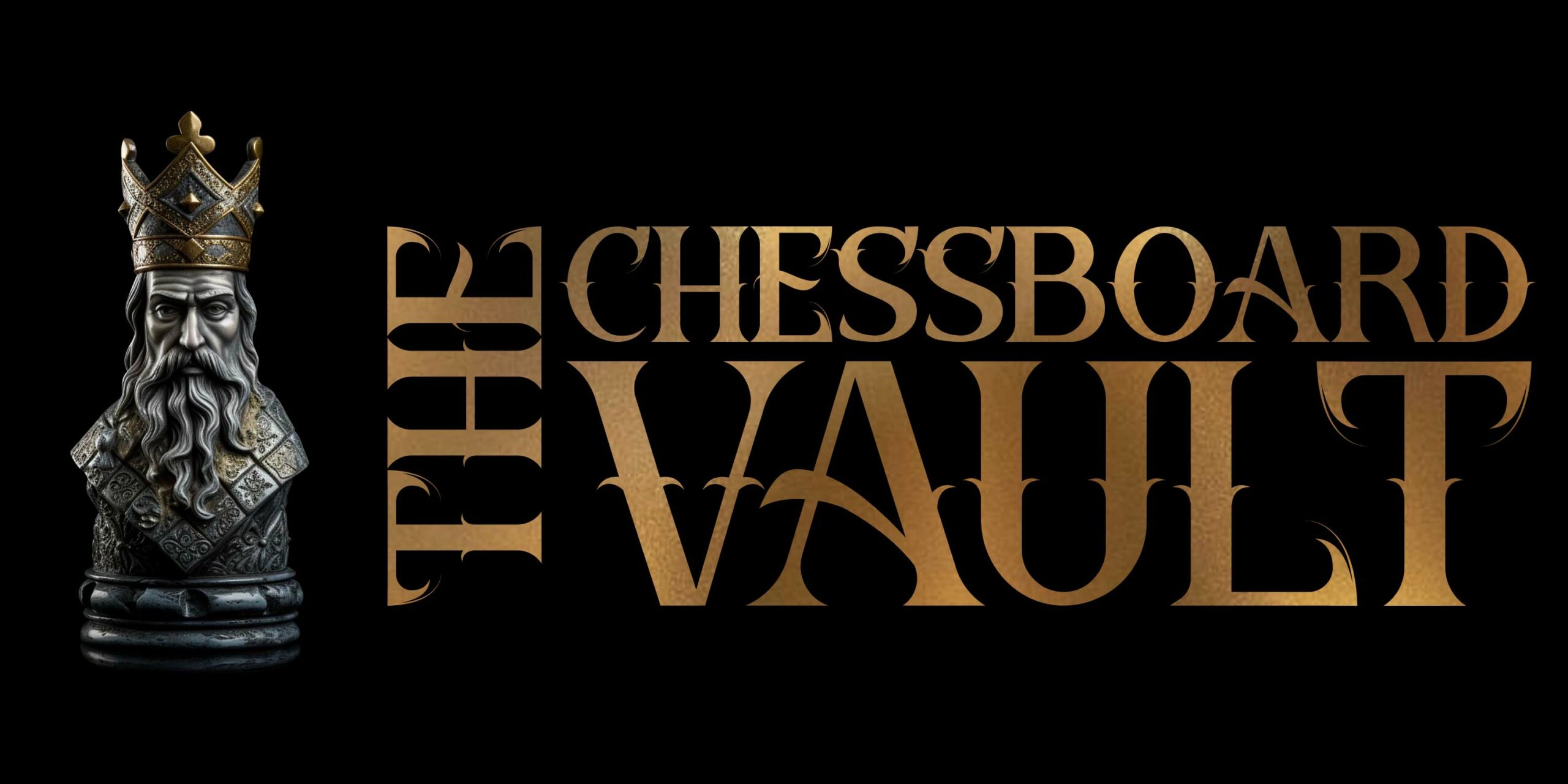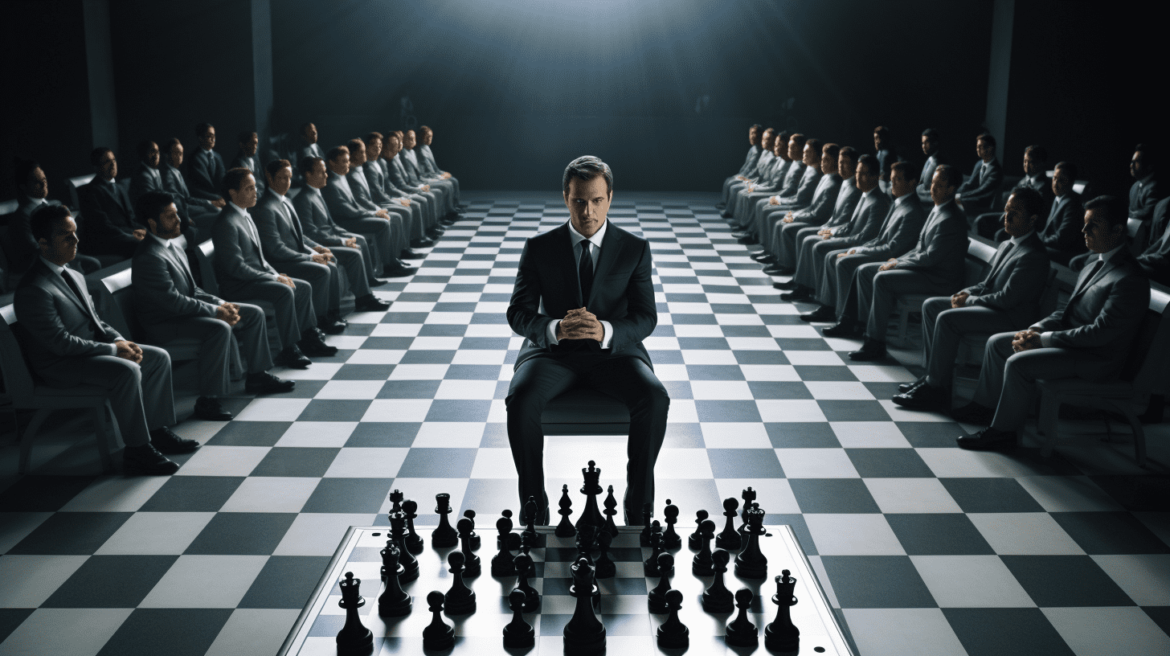In the realm of intellectual warfare and strategic prowess, chess reigns supreme as the timeless game that conjures images of intense concentration, strategic planning, and unparalleled competition. Chess has captivated millions with its intricate movements and the dance of power and wit that unfolds on the 64-square board. For the ones aspiring to master this game, adopting the best chess training plan is crucial. A well-structured, effective plan can catalyze the journey from being a novice to becoming a true connoisseur of the game. What is the best chess training plan?
The quest for the best chess training plan necessitates an exploration of the multifaceted aspects of chess, weaving together theoretical chess knowledge, practical skills, and refined tactics. It’s about cultivating an understanding of the delicate balance between offense and defense, mastering the synchronization of chess pieces, and foreseeing the consequences of every move. From the iconic opening moves to the dramatic endgame scenarios, a comprehensive chess training plan encompasses a strategic approach to each phase of the game.
Chess is a symbiotic blend of art and science, a battlefield where intellect and intuition collide. The best chess training plan not only sharpens one’s skills but also molds the mindset, enhancing focus, patience, and decision-making ability. It’s a journey of constant learning and refinement, where every game is an opportunity to evolve and every opponent a teacher.
Whether you are a budding chess enthusiast or an experienced player aiming to escalate your rating, the significance of a meticulously crafted training plan is paramount. It serves as the roadmap, guiding you through the labyrinth of endless possibilities that chess presents, and assists in unlocking your full potential. In this blog, we will delve deeper into the components of the best chess training plan, illuminating the pathways to elevate your game and achieve chess excellence.
Embark on this journey with us, unravel the mysteries of this ancient game, and arm yourself with the strategies to ascend to new heights in the world of chess. Welcome to the pursuit of mastery, welcome to the best chess training plan!
Tactical Training – 30% of your time
rafting the best chess training plan requires an intricate understanding of the game’s various components, one of the most crucial being tactical training, which should ideally occupy 30% of your overall training time. The significance of tactics in chess can’t be overstated as they form the backbone of any player’s skill set, allowing them to seize the opportunity to gain an advantage or recover from a precarious situation.
Devoting a substantial portion of your chess improvement regimen to tactics is fundamental because it provides the practical tools needed to navigate the myriad complexities of the chessboard. By engaging in tactical training, you are sharpening your ability to recognize patterns and visualize sequences of moves, enhancing your prowess in calculating variations accurately and rapidly.
When embarking on this vital component of the best chess training plan, utilizing online platforms such as chess.com or lichess.org can be beneficial due to the plethora of tactical puzzles and challenges available tailored to various skill levels. The interactive nature of these platforms allows for immediate feedback and an opportunity to learn from mistakes, enhancing the learning experience. Moreover, consistently solving a diverse range of puzzles aids in cementing your tactical knowledge and broadening your understanding of typical motifs and themes.
For a well-rounded approach, focusing on a mix of different tactical themes like pins, forks, discoveries, and skewers is essential. Furthermore, incorporating time constraints can simulate the pressure of a real game scenario, helping in developing quick and precise decision-making skills. Prioritizing quality and consistency in your tactical training can significantly contribute to elevating your overall chess ability.
Integrating tactical training as a core component of your chess development not only builds a solid foundation but also empowers you to unlock your full potential on the chessboard, making it a crucial step toward achieving chess mastery.
Strategic Understanding – 30% of your time
In creating the best chess training plan, equal importance should be placed on developing a sound strategic understanding, allocating around 30% of your time to this crucial aspect of the game. Mastering strategy in chess is akin to orchestrating a symphony; it requires a harmonious blend of various elements to create a winning position, considering aspects like pawn structure, piece activity, and king safety.
Strategic understanding enables players to formulate effective plans and adapt to the ever-evolving dynamics of the game. It allows them to set long-term objectives, capitalize on opponents’ weaknesses, and optimize piece placements, fundamentally impacting the outcome of the game. Therefore, this component is indispensable in the crafting of the best chess training plan.
To develop a comprehensive grasp of chess strategy, studying classic games and masterpieces by renowned players is highly recommended. Analyzing games by grandmasters provides invaluable insights into strategic principles and enhances one’s ability to recognize positional nuances and subtleties. By diligently examining these games, players can discern patterns and internalize strategic concepts, allowing them to be applied in their own games.
Additionally, reading strategic chess books and engaging with instructional videos can further enrich one’s strategic repertoire, fostering a deeper comprehension of strategic facets such as the importance of open lines, control of key squares, and pawn majority. It is also beneficial to play longer time control games, allowing ample time to contemplate and implement strategic ideas effectively.
Moreover, practicing strategic positions against computer engines or fellow players can facilitate the consolidation of strategic knowledge. Regular engagement with various strategic scenarios helps in refining decision-making processes and fosters the ability to formulate robust plans.
Cultivating strategic understanding is imperative for any aspiring chess player aiming for continuous improvement and mastery. It is the essence that, when intertwined with other critical components, culminates in the realization of the best chess training plan, paving the way to chess excellence.
Endgame Training – 20% of your time
Endgame training is another fundamental pillar in formulating the best chess training plan, meriting an allocation of approximately 20% of your total training time. The endgame is where the culmination of preceding maneuvers and strategies unfolds, and often, it is where battles are won or lost. Thus, acquiring proficiency in this phase is vital for elevating one’s chess acumen and achieving superior results.
Developing endgame skills primarily involves mastering key concepts and theoretical positions, enhancing the ability to convert advantages and save seemingly lost positions. A well-rounded endgame training regimen under the umbrella of the best chess training plan involves learning fundamental endgames, such as king and pawn against king endings, which are the building blocks for more advanced endgame study.
Engaging with endgame materials, including books and online resources, provides a structured approach to learning vital endgame principles and techniques. These resources can offer extensive insights into various endgame themes, like pawn structures, piece activity, and the opposition, essential for cultivating a robust endgame understanding. Delving into endgame studies and solving related problems aid in developing analytical skills and enhancing board visualization, critical for navigating the intricate labyrinth of the endgame phase.
Practical application of learned endgame knowledge through playing and analyzing games is also crucial. It’s essential to reflect on endgame scenarios encountered in actual play, identifying areas of improvement and integrating new learning into subsequent games. Playing out endgame positions against opponents or computer programs helps reinforce knowledge and build confidence in handling diverse endgame situations.
By dedicating focused time to endgame study within your chess training, you ensure a holistic development of your chess skills, balancing tactical sharpness, strategic depth, and endgame precision. Embedding endgame mastery within the framework of the best chess training plan is instrumental in fostering a nuanced and comprehensive understanding of chess, propelling players toward higher echelons of chess proficiency.
Practical Play and Analysis – 20% of your time
Integrating practical play and analysis is a critical dimension in formulating the best chess training plan, deserving a commitment of about 20% of your total training endeavor. This component is crucial because it not only provides a platform to apply learned concepts and strategies but also helps in identifying areas that require further refinement.
Practical play refers to actively engaging in chess games, under tournament conditions or informal settings, allowing the implementation of acquired knowledge from tactical, strategic, and endgame training. It is during practical play that theoretical learning is tested, refined, and solidified, contributing to an enhanced and more nuanced understanding of the game.
Analysis complements practical play by offering a retrospective exploration of the games played, providing opportunities to unearth inaccuracies, blunders, and missed opportunities. It’s through careful and meticulous analysis that players can reflect on their decision-making processes, recognize their strengths and weaknesses, and gain insights into their overall chess thinking.
The fusion of practical play and analysis within the best chess training plan is like a two-fold mirror, reflecting both the application and introspection of chess knowledge. It brings to light the areas that are often overlooked in theoretical study, offering a more realistic and practical understanding of the game’s intricacies.
To optimize this aspect of training, leveraging chess software and databases for game analysis is highly beneficial, allowing for a detailed and systematic review of games, aiding in pinpointing specific areas of improvement. Additionally, participating in regular chess competitions and maintaining a consistent practice schedule are paramount for translating learned concepts into actionable game play.
In conclusion, practical play and analysis serve as the crucible for chess improvement, where learned concepts are applied, tested, and refined, making them indispensable components in the journey of constructing the best chess training plan. Balancing this with other aspects of training ensures a more rounded and thorough approach to mastering the royal game.
Physical and Mental Exercise – Incorporated Daily
Integrating physical and mental exercise into daily routines is indispensable in the creation of the best chess training plan. The game of chess, although predominantly cerebral, necessitates a harmonious balance between a healthy body and a sharp mind. This synergy is crucial because optimal cognitive functions are closely linked with physical well-being, enhancing one’s capacity to focus, calculate, and make sound decisions during the game.
Physical exercise plays a significant role in promoting brain health and mental clarity. Regular physical activity has been shown to improve mood, reduce stress, and enhance cognitive functions, all of which are vital for maintaining high levels of chess performance. Incorporating a variety of exercises, including aerobic activities, strength training, and flexibility exercises, contributes to overall physical health, which indirectly supports cognitive resilience and endurance during long and mentally taxing chess games.
Mental exercises, on the other hand, focus on cultivating cognitive sharpness, memory, and visualization skills. Engaging in activities such as meditation, mindfulness, and cognitive training exercises can help in maintaining mental agility, improving concentration, and reducing anxiety. These practices are particularly important in chess, where maintaining focus and staying mentally resilient can significantly impact the game’s outcome.
Including daily routines for both physical and mental exercises in your chess training plan ensures that you are not just developing your understanding of the chessboard, but are also nurturing the mind and body that drive your chess play. A well-rounded and holistic approach that integrates physical vitality and mental sharpness is paramount in the quest for chess excellence.
To truly actualize the best chess training plan, one must embrace the symbiotic relationship between the body and the mind, acknowledging that the pursuit of chess mastery is as much a journey of mental and physical well-being as it is of acquiring chess knowledge and skills.

